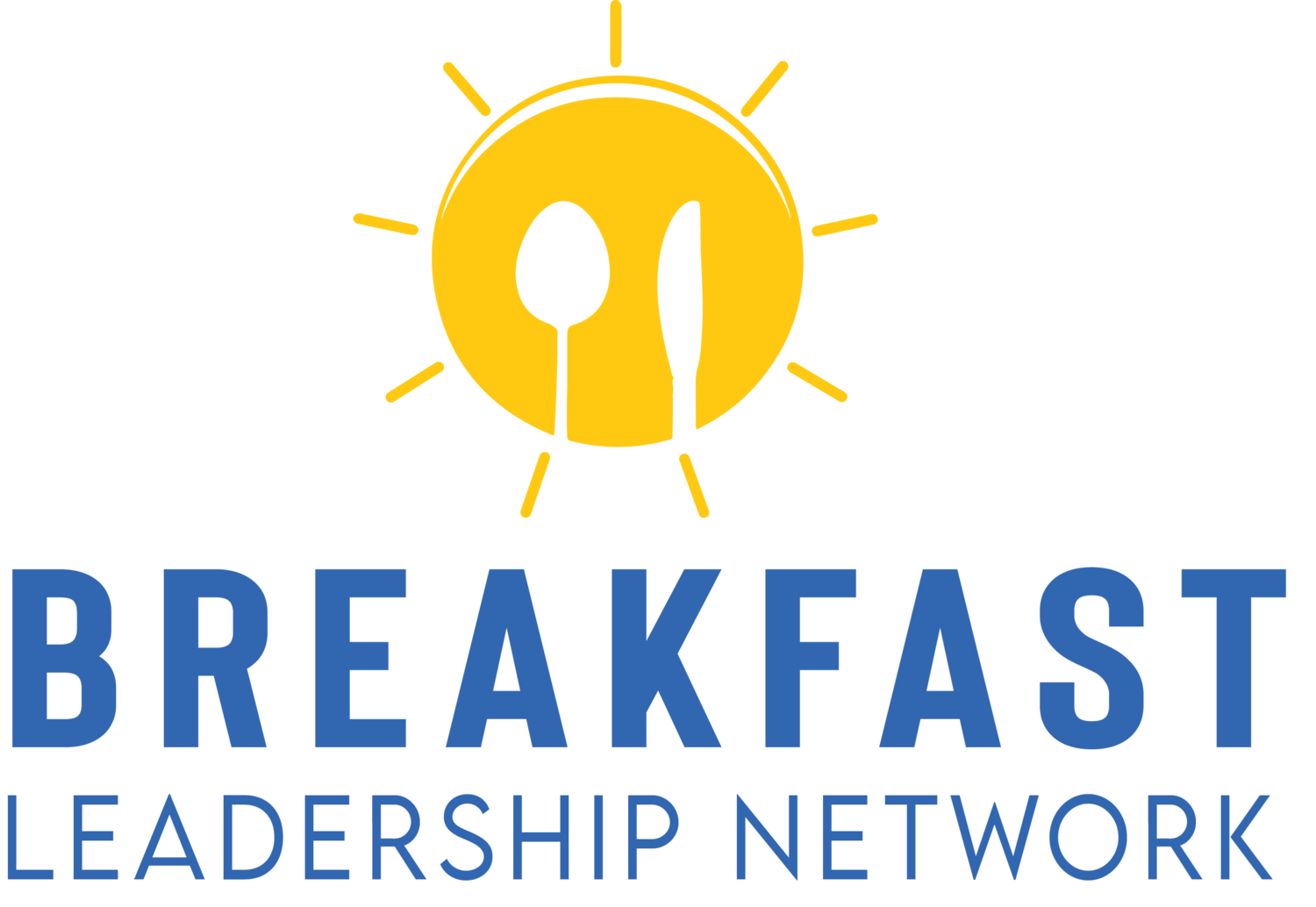Revolutionizing Beverage Production: How Smart Equipment Cuts Costs and Boosts Output
In today’s competitive beverage landscape, efficiency is no longer a luxury—it’s the core of profitability. Production lines are under pressure to deliver faster turnaround, reduced waste, and tighter quality control, all without inflating operating costs. The smart solution? Intelligent equipment systems that think and act faster than legacy counterparts ever could.
Precision as a Competitive Edge
Traditional machinery, even when well-maintained, lacks the responsiveness that modern operations demand. Smart equipment brings a level of precision to the production line that minimizes downtime and human error. Integrated sensors monitor variables like temperature, flow rate, pressure, and contamination levels in real time—providing live data that drives instant, automated adjustments. The result is a consistently higher-quality product, reduced raw material loss, and fewer rejected batches.
This is about gaining tighter control over outcomes and unlocking savings hidden in inefficiencies. For example, adaptive servo-driven systems in capping and sealing units can adjust torque and pressure for different bottle types without manual intervention. That translates to faster changeovers and less time spent recalibrating for different SKUs.
Where Gains Begin: Equipment That Talks Back
One major benefit of modern beverage production systems is interconnectivity. Machines are no longer isolated units—they talk to each other. This inter-machine communication reduces latency in decision-making and improves coordination across filling, capping, labeling, and packaging processes.
Imagine a scenario where a labeler identifies a misalignment issue and signals the upstream filler to pause temporarily. In traditional setups, that pause might not happen until a supervisor notices. In smart systems, the feedback loop is instantaneous, reducing the risk of an entire batch going to waste. Multiply that by hundreds of runs per month, and the savings become substantial.
The Right Investment Moves the Needle
Smart investments aren’t always about adding new capabilities; often, it’s about enhancing existing ones. Take the example of upgrading your water filling line. This is more than swapping out machines—modern water filling systems leverage volumetric and gravimetric filling technologies to increase throughput while minimizing spillage. They ensure exact fill levels, eliminating under- or overfilling, which directly impacts both compliance and cost-efficiency.
Advanced water filling lines also come with integrated CIP (Clean-in-Place) systems, reducing cleaning times and water usage between runs. Over time, that efficiency adds up—not just in water bills but in uptime recovered.
Smarter Controls for Leaner Operations
Modern control panels with predictive maintenance features are another often-overlooked upgrade with outsized impact. These systems detect performance degradation before it leads to failure. Instead of halting production for unscheduled maintenance, operators can address minor issues proactively. Fewer breakdowns mean more consistent output and a leaner overall operation.
Moreover, predictive analytics platforms track component wear patterns, allowing procurement teams to better plan for parts replacement. This is operational wisdom and strategic cost-saving measures combined that keep inventory lean without risking downtime.
Final Thoughts: Engineering Efficiency at Every Turn
Smart equipment offers faster, intelligent production systems that learn, respond, and evolve with your needs. For beverage producers facing tight margins and increasing demand, the right equipment choices offer a direct path to leaner operations and greater market agility. From responsive fill lines to predictive maintenance, every smart upgrade helps carve a more profitable path forward.
